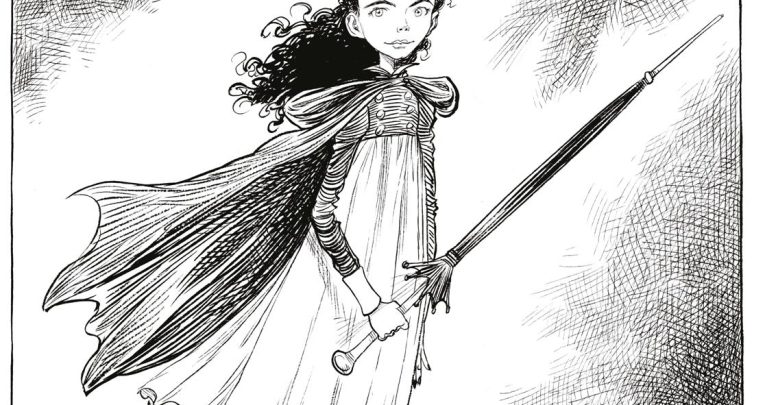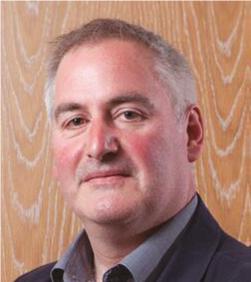Chris Riddell: “Alice In Wonderland Taught Me The Power Of Illustration”

Children’s laureate Chris Riddell learnt early on not to rely on the publisher’s blurb to identify a good story

I remember learning to read very, very clearly. First of all, I recall my anxiety about not being able to read, and a strong sense that this was a task I had to master. My school used the wonderful Ladybird reading books, and so I dutifully applied myself to the world of Peter and Jane, which turned out to be considerably less thrilling than I’d hoped. There was lots of having tea with mummy and daddy, and perhaps the occasional shopping trip… but not much by the way of adventure.
Still, I toiled on, and there were landmark moments as I steadily climbed that ladder. At one point, when I was perhaps on book 2c, I wandered into a neighbouring classroom and saw on a table the book that represented the very pinnacle of literacy: 12c, the very highest title in the series. On closer inspection, though, it appeared from the illustrations that Peter and Jane were still leading the same, rather unexciting lives – just with more words.
Just as I was telling myself that one day, I would be able to understand 12c, and when I did, I would have cracked this reading business completely, I noticed another little book next to it. It was called Agaton Sax, and from the pictures alone I could tell that it was much more interesting than Peter and Jane, although the sentences were more complex. So I borrowed it, and worked my way through it – I understood maybe one word in five, but through context and the illustrations I got the gist of the story, which was about a Swedish detective with a bloodhound who loved cream cakes. It was exhilarating, and I suddenly realised that this is what reading was. Agaton Sax, then, was the book that made me a reader – and once I’d finished it, I went off in search of more stories like it.
As my competency grew, I read anything I could get my hands on. And quite early on, I discovered the joy of not judging a book by its cover, but instead, finding out what delights it held simply by diving in and beginning to read. There were a number of stories I found that way that I probably wouldn’t have tried otherwise – the first was a novel I picked up in the school corridor when I was about twelve.
It had been dropped by someone, and had no slip cover or blurb; all I knew was that it was called Wuthering Heights. If I’d been asked at that point, ‘Would you like to read a love story, set on the North Yorkshire moors?’ I would have stared blankly at the questioner; but in trusting the promise of a book, I got to know a tale that is still one of my favourites (and without which my book ‘Goth Girl and the Wuthering Fright’ probably wouldn’t exist!)
Trending
Alice in Wonderland was a huge, huge thing for me when I was nine or ten years old – it was the book that made me aware of how powerful illustration can be. And I came across Professor Branestawm one long, rainy afternoon in a vicarage on the Scottish borders, where my father was acting as a locum – again, the illustrations were wonderful. I loved drawing as a child, but at that age I was primarily a reader. Books with brilliant pictures offered the best of both worlds for me; I adored Tin Tin, and the Moomins, and historical fiction, too, like Rosemary Sutcliff’s offerings, which were always beautifully illustrated. When I met Paul Stewart and compared notes, we realised we both loved these kinds of books, which is why together, we came up with the Edge Chronicles.
As children’s laureate, I want to get out and about as much as I can; I’m not going to be preachy or wag fingers, because teachers do an extraordinary job. But I do think it’s important that I talk about libraries and librarians, and what a difference they can make in schools, as well as celebrate all the wonderful reading spaces that are being developed in classrooms. And the other thing to talk about and highlight is how the UK is producing some fantastic new children’s illustrators at the moment.
It’s more important than ever, I think, that we have a strong visual culture for the next generation and so I will certainly be taking this opportunity to promote artists and their work. One of the wonderful things about books is the way they can encapsulate our childhood, and it’s inspiring to see the baton being passed on; I was taught by Raymond Briggs, for example – I learnt so much from him, and I hope that perhaps younger artists might find something I do, and take ideas from it for themselves, becoming part of a strong tradition that goes all the way back to Kate Greenaway herself.











